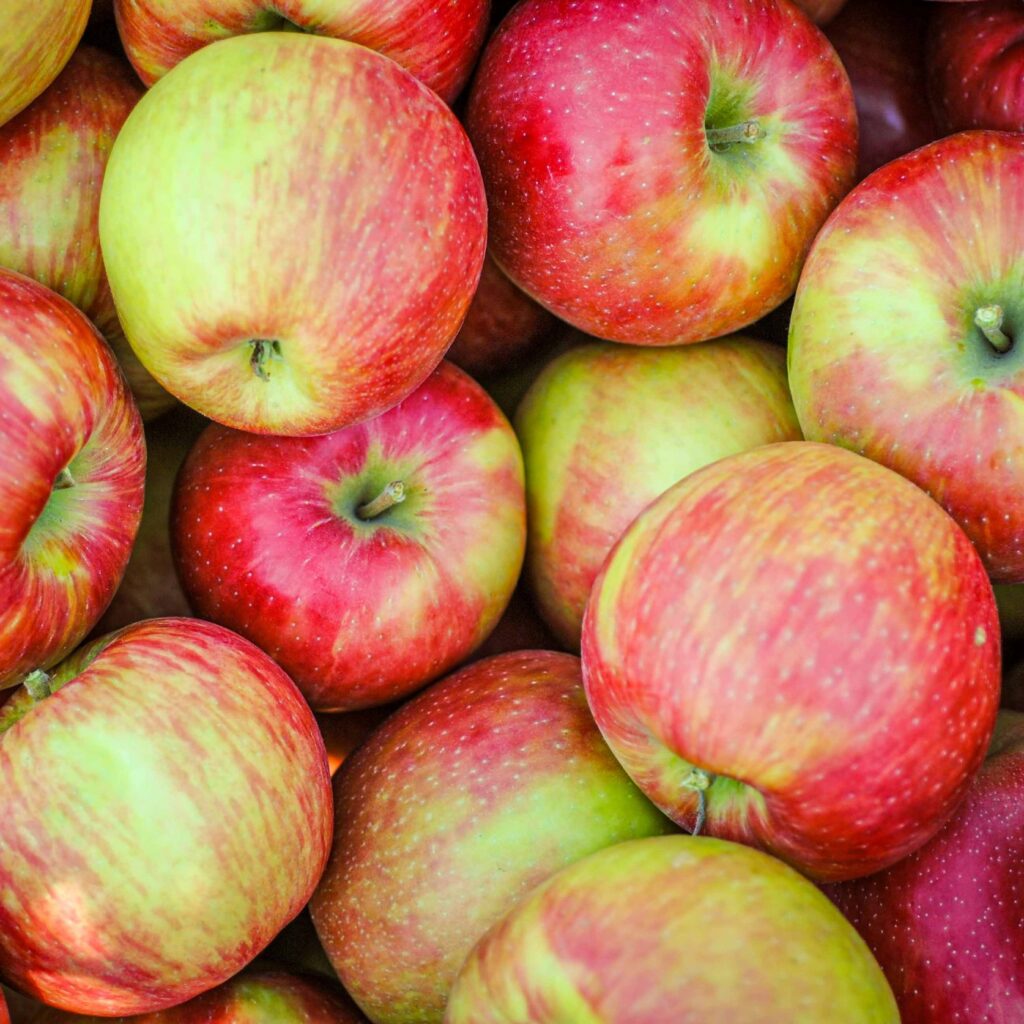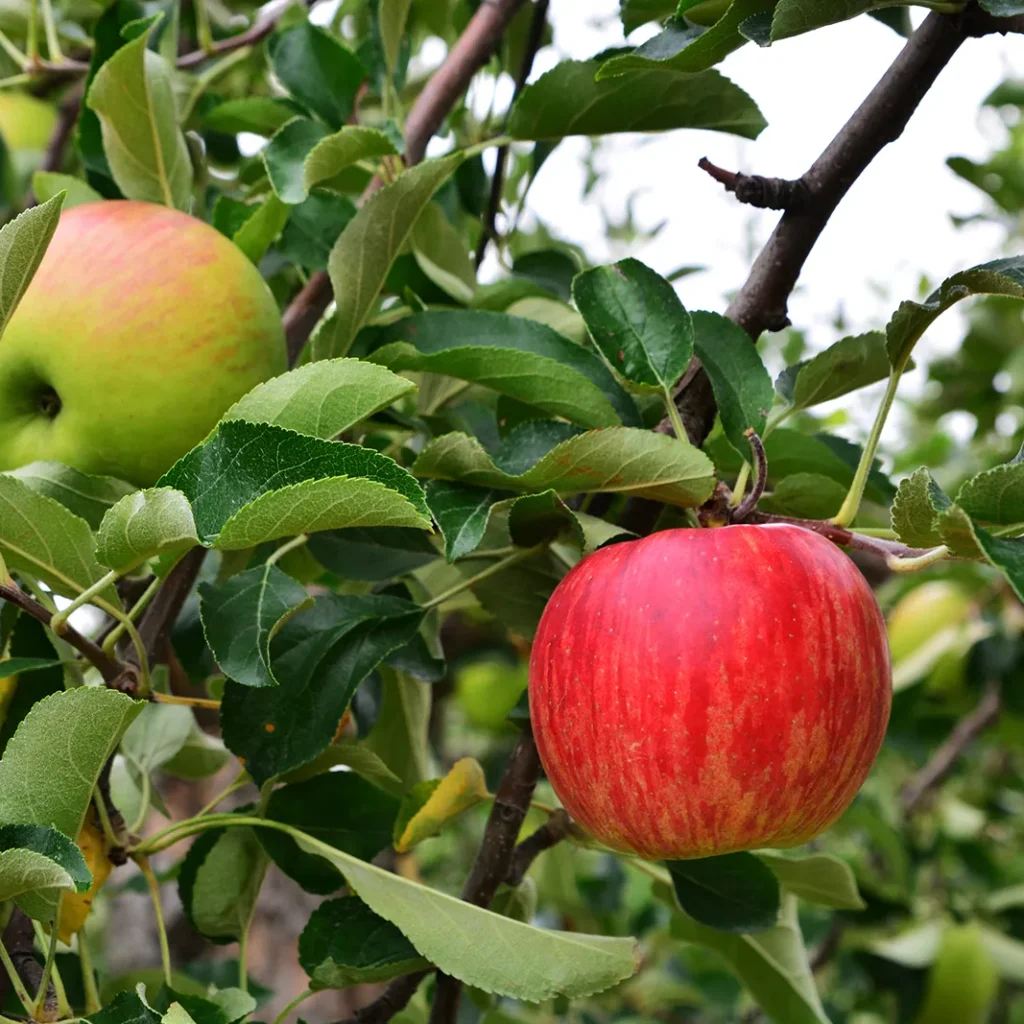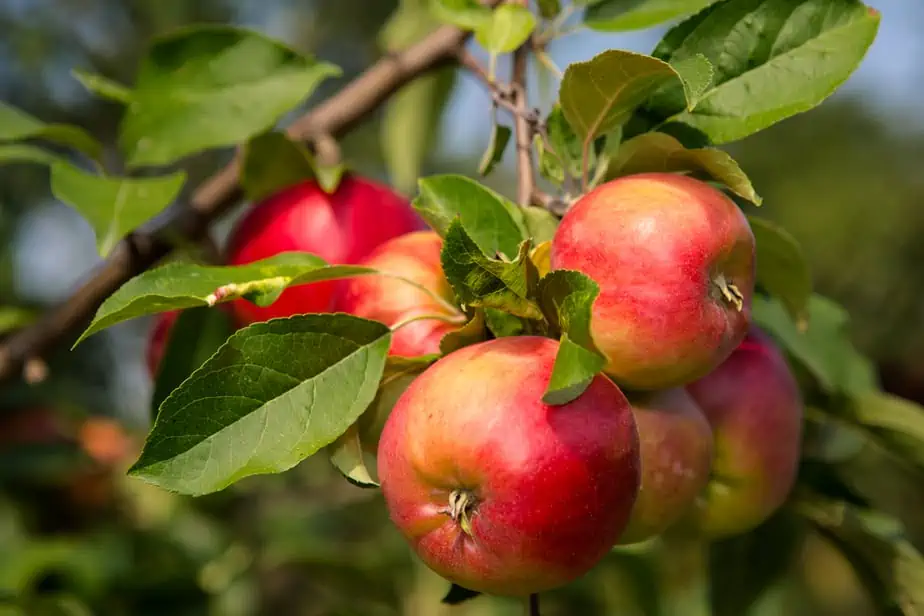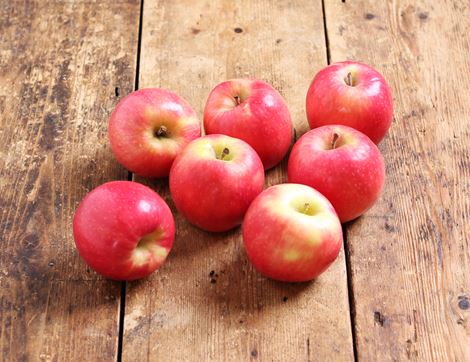Apples have been cherished by civilizations for thousands of years. Whether eaten fresh, pressed into juice, baked in pies, or fermented into cider, apples have found their way into almost every cuisine and culture across the globe. Known for their crisp texture, sweet-tart balance, and health benefits, apples remain one of the world’s most popular fruits today.
But have you ever wondered — where does the world get most of its apples? The answer lies primarily in a handful of major apple-producing countries, led by one dominant player that produces nearly half of the world’s total supply.
In this detailed article, we’ll explore where most of the world’s apples come from, how global production is distributed, and what factors make these countries ideal for apple cultivation.
A Global Overview of Apple Production

According to the latest statistics from the Food and Agriculture Organization (FAO), global apple production consistently surpasses 95 million metric tons annually. This impressive figure comes from orchards spread across over 80 countries. However, the bulk of this production is concentrated in just a few nations with the right blend of climate, soil, and farming practices.
Apples flourish in temperate zones, typically requiring cold winters, moderate rainfall, and well-drained soil. Most of the world’s supply comes from countries with these natural conditions, combined with modern agricultural technologies and strong domestic and export markets.
China: The World’s Apple Powerhouse
Annual Production: Over 47 million metric tons
Global Share: Nearly 50%
China is by far the world’s largest producer of apples — a title it has held for several decades. The country accounts for nearly half of the global apple harvest, making it the undisputed leader in this field.
Why China Excels:
- Extensive farmland: Vast stretches of land suitable for apple cultivation, especially in provinces like Shandong, Shaanxi, Hebei, Gansu, and Liaoning.
- Ideal climate: Cold winters for dormancy, warm springs, and moderate rainfall create perfect conditions for apple orchards.
- Government support: Investment in modern irrigation systems, pest management, and farmer training programs has boosted productivity.
- Large domestic market: With a population exceeding 1.4 billion, China consumes a significant portion of its own production, reducing dependence on exports.
- Varietal diversity: From local favorites like Qinguan and Huaniu to international varieties like Fuji, China’s orchards grow a wide range of apples suited to different tastes and climates.
China’s dominance ensures that when you bite into an apple, there’s a good chance it originated from Chinese orchards, especially if you’re in Asia or the Middle East.
Other Major Apple Producers

While China leads by a substantial margin, several other countries play crucial roles in meeting global apple demand. Let’s take a look at these key contributors:
United States — A Global Innovator
Annual Production: Around 4.8 million metric tons
Global Share: Approximately 6%
The United States ranks as the world’s second-largest apple producer. Known for its premium quality and innovative apple breeding programs, the U.S. is also a major exporter.
Leading Growing Regions:
- Washington State: Produces over 65% of the nation’s apples.
- New York, Michigan, Pennsylvania, and California follow.
Popular Varieties:
- Gala, Honeycrisp, Granny Smith, Red Delicious, and Fuji.
The U.S. excels in apple exports, particularly to Canada, Mexico, and East Asia, and continues to develop new, flavorful cultivars to satisfy evolving consumer tastes.
Turkey — Europe’s Orchard
Annual Production: Over 4.5 million metric tons
Global Share: Around 5%
Turkey is the largest apple producer in Europe and ranks third globally. Apples are a staple in Turkish agriculture, with fertile lands and varied climates making it ideal for orchard farming.
Key Apple-Producing Regions:
- Isparta, Niğde, Karaman, and Amasya.
Notable Varieties:
- Starking, Golden Delicious, Granny Smith, and the native Amasya Apple, famous for its aroma and sweetness.
Turkey’s strategic location makes it a major exporter to the Middle East, Russia, and neighboring EU countries.
Poland — A European Apple Giant

Annual Production: Around 4.3 million metric tons
Global Share: Nearly 4.5%
Poland stands as one of Europe’s most important apple producers. The country benefits from a cold-temperate climate ideal for high-quality apple production.
Prime Growing Areas:
- Grójec Region (Poland’s ‘Apple Orchard’)
- Lublin and Sandomierz
Leading Varieties:
- Idared, Jonagold, Ligol, and Golden Delicious.
Poland is highly export-oriented, shipping a significant portion of its harvest to Western Europe, Russia, and the Middle East.
India — Himalayan Apple Heaven
Annual Production: Approximately 2.4 million metric tons
Global Share: About 2.5%
India rounds out the top five with apple orchards primarily concentrated in its northern Himalayan states.
Main Growing Regions:
- Himachal Pradesh
- Jammu & Kashmir
- Uttarakhand
Notable Varieties:
- Royal Delicious, Red Delicious, Golden Delicious, and American Trel.
India’s growing urban middle class has increased domestic demand for apples, while new irrigation techniques and cold storage facilities are helping boost production and reduce waste.
Where Else Does the World Get Its Apples?

In addition to these top five countries, several others contribute significantly to global apple production:
- Russia
- Iran
- Italy
- Brazil
- Chile
- New Zealand
- South Africa
These countries often specialize in unique regional varieties and supply important export markets, especially during off-seasons in the Northern Hemisphere.
Global Apple Production Snapshot (2023)

| Rank | Country | Production (Metric Tons) | Global Share |
|---|---|---|---|
| 1 | China | 47+ million | ~50% |
| 2 | United States | 4.8 million | ~6% |
| 3 | Turkey | 4.5 million | ~5% |
| 4 | Poland | 4.3 million | ~4.5% |
| 5 | India | 2.4 million | ~2.5% |
Total Global Production: 95–96 million metric tons
Why Apple Production Matters Globally
Apples aren’t just popular because of their taste and versatility — they’re also an economically vital crop:
- Employment: Millions of farmers, packers, and distributors depend on apple farming for their livelihoods.
- Trade and Export Revenue: Apples are a major export commodity for several countries.
- Nutrition: Rich in fiber, vitamin C, and antioxidants, apples contribute to better public health.
- Environmental Stewardship: Sustainable apple farming practices help preserve soil health, water resources, and biodiversity.
Final Thoughts
So, where does the world get most of its apples? The answer is simple: from China, which produces nearly half of the global supply. Following China, countries like the United States, Turkey, Poland, and India play essential roles in satisfying global demand for this beloved fruit.
While these top producers supply fresh apples for direct consumption, they also support a thriving industry for apple-based products like cider, juice, jams, and baked goods.
The future of global apple production looks promising, with continued improvements in climate-adapted farming, high-yield cultivars, and sustainable practices ensuring that apples remain an essential part of diets and economies around the world.





